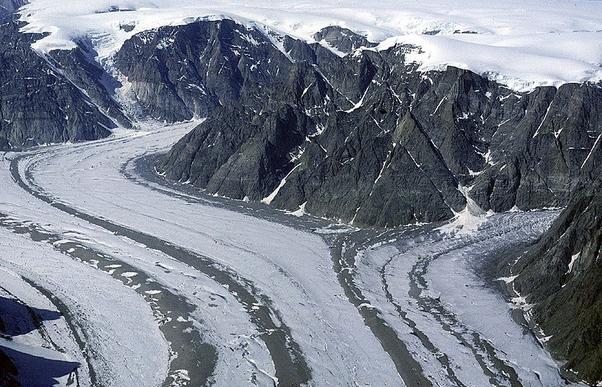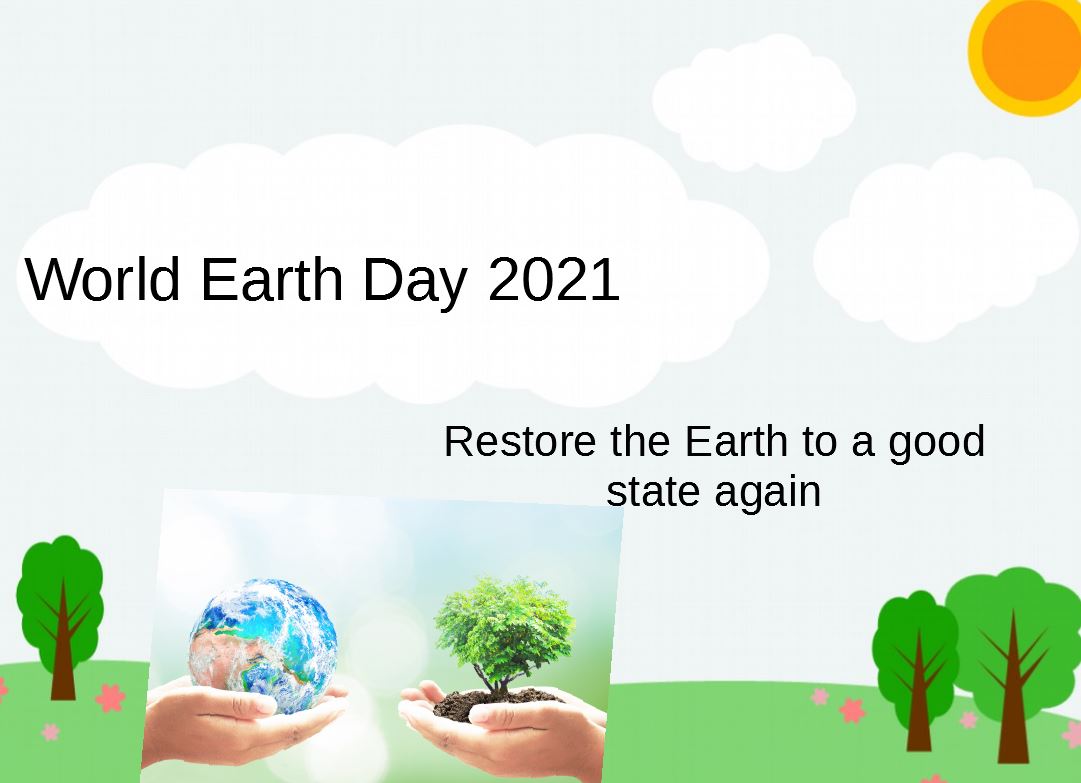Updated By: LatestGKGS Desk
Mechanical Weathering: process, types, mechanism

Definition of mechanical weathering and procedure
Mechanical weathering is any of the various weathering processes that cause physical disintegration of the exposure without any change in the chemical composition of rocks.
The following are 6 processes of mechanical weathering:
- Frost action (freeze/thaw effect) - this is breaking of rock due to pressure exerted by freezing water into rock cracks or joints. When water freezes its volume increases. alternate freezing and thawing, therefore, exert pressure on sides of cracks and joints in rock and this leads to weakening and disintegration of rock.
- Pressure release - this occurs when pressure is released when rock buried deep down in the earth's surface is exposed due to erosion. The expansion of the rock body causes it to break along fractures more or less parallel to its surface called sheet joins. The sheet thus produced can fall away or exfoliate or spall. The result is a dome-shaped rock body called an exfoliation dome. A good example of exfoliation dome is a stone mountain in central Texas.
- Temperature change (thermal expansion and contraction) - as any material is heated it expands and vice versa as it is cooled it contract. In materials like a rock with many crystals, this expansion and contraction can cause mechanical fracturing.
- Alternate wetting and drying - this occurs when the rock absorbs a certain amount of water but some absorb more water than others which cause them to swell, and when they become dry they shrink and start to disintegrate.
- Salt crystal growth - this causes the disintegration of rock when saline solution seeps into crack and joints in the rock and evaporate leaving salt crystals behind. These salt crystals expand as they are heated up, exerting pressure on the confining rocks. This type of mechanical weathering is associated with arid climates where strong heating causes strong evaporation and therefore salt crystallization. It is also common along coasts.
- The action of plants and animals - plant and animals break rock into smaller pieces in a variety of ways. Plant develop strong roots that grow into existing rock cracks and as the roots grow they expand and add pressure to the crack until small pieces of rock begin to flake away. Also burrowing animals, like moles and rabbits, dig holes that expose the new rocks to the effects of weathering. The holes allow water and other weathering agents to reach the rock layer that had been covered by soil.


